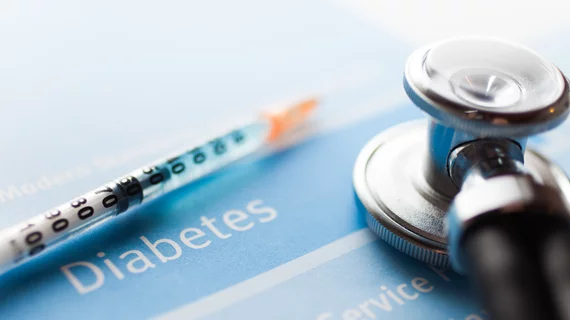The cost of T1D: ‘Why do we have to pay to stay alive?’
A diabetic mother saddled with medical debt from type 1 diabetes (T1D) treatments and complications is highlighting the rising costs of insulin and T1D care in the United States, Forbes reports.
Reporter and blogger Lela London, a type-1 diabetic herself, calls a day in her shoes “an uphill battle”—and, living in the U.K., the majority of the equipment she needs to stay alive is bankrolled through the country’s tax-funded National Health Service. In the U.S., she wrote, that’s not the case.
Kimberly Lavigne Martinez, 30, told Forbes she started rationing insulin at 19, when she first lost Medicaid coverage. Siphoning the substance led to diabetic ketoacidosis on three separate occasions—each episode costing an average $100,000 she didn’t have.
Rationing insulin also forced the preterm births of Martinez’s two sons, and the toll pregnancy took on her body left her few options aside from pricey dialysis. She sent her kids to stay with in-laws while her husband worked.
“The cost was so much more than financial,” she said. “My youngest was trying to call other people mama—it was heart-wrenching.”
According to Forbes, 51 percent of people living with diabetes feel their diagnosis puts a strain on their family, and 46 percent admitted the cost of diabetes medication is worrisome.
“Why do we have to pay to stay alive?” Martinez said. “Isn’t staying alive included in life, liberty and the pursuit of happiness? None of us asked for this or did anything wrong that led to diabetes. Conditions like this need to be covered by universal healthcare.
“It has its problems, but no one should ever have to choose between medical debt and dying. I’ve had to make that choice and still have nothing but neuropathy, gastroparesis, high blood pressure, retinopathy and a panic disorder to show for it.”
Read the full story from Forbes below:

